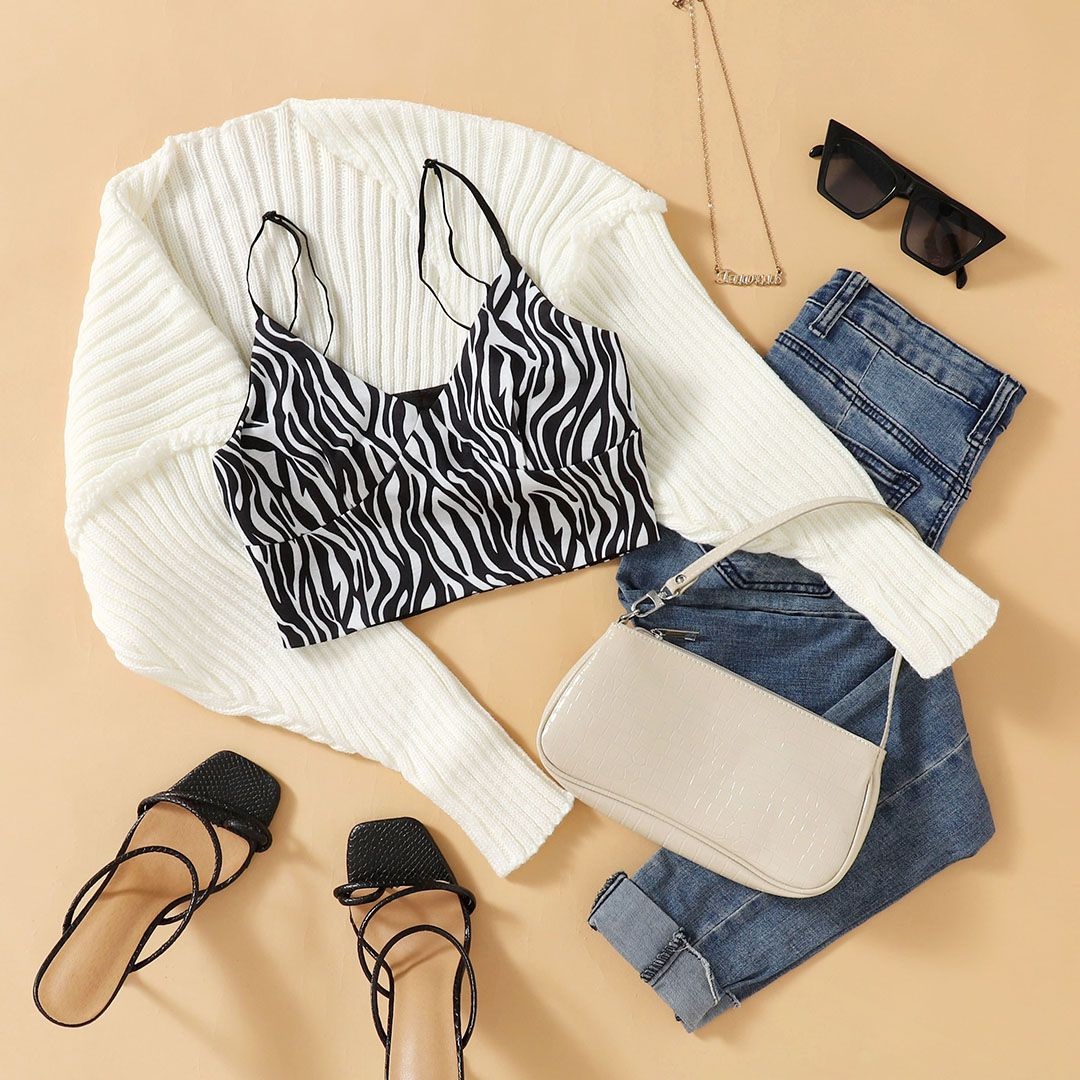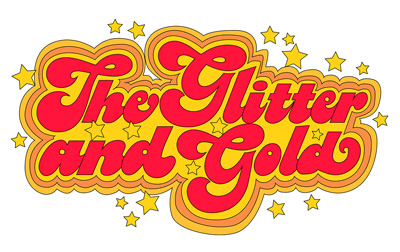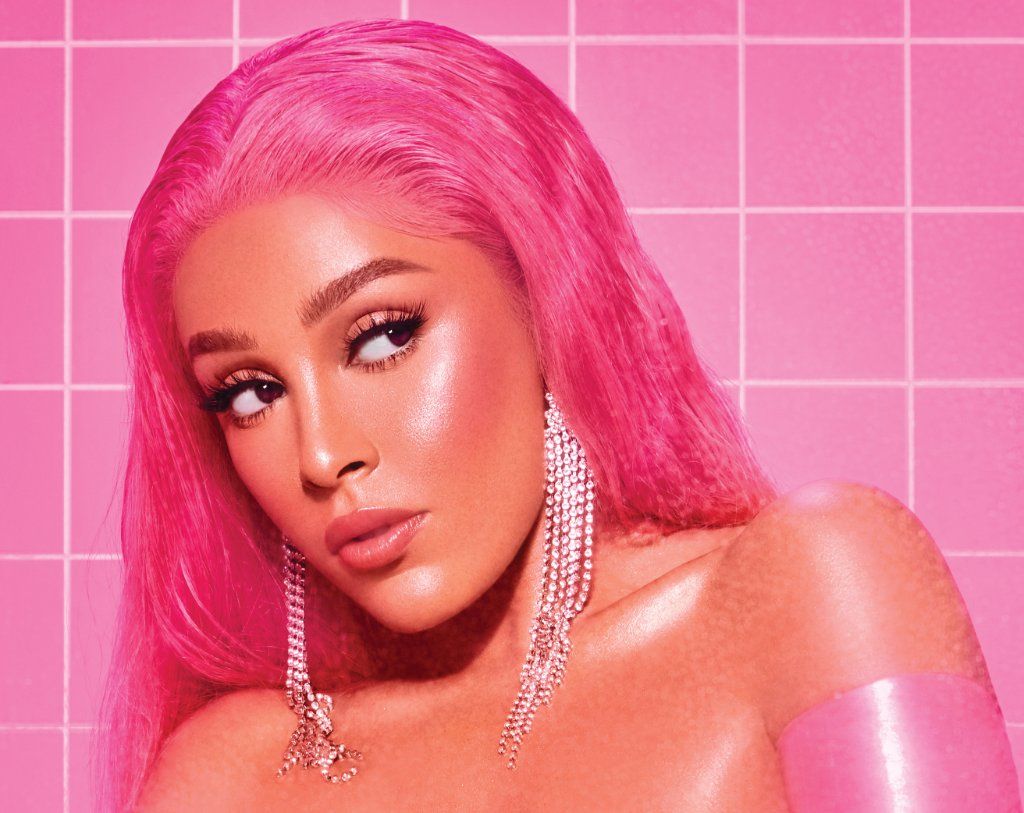Inexpensive and influencer endorsed, Shein is one of the world’s fastest-growing brands. Created in 2008, the online fashion retailer has quickly blossomed. But there is a darker side to Shein than its affordability and glamorous “$500 hauls.”
What is wrong with Shein?
It is extremely rare to walk into your local mall and find on-trend items for $7. I’m sure you know the phrase “you couldn’t make it for this” while standing around a sales rack. With Shein, it is probably true.
You certainly get what you pay for. Shein items are of questionable quality. Many reviewing the company online complain. Its items often arrive late on their doorstep. What is more, they don’t exactly match what appeared on their screens. The quality of some Shein fabrics has been described by unhappy purchasers as “sub-standard” and “swimsuit like.”
@ellieee.333 lol oopsies #shein #shopping #FindYourCore #SourPatchPrankFund #sheinhaul #fyp @shein_official #haul
It started cultural appropriation
But the bigger problem is not the quality of Shein products. It is what they have come to represent. Concerns surrounding the company recently intensified when Shien released a swastika pendant. They did so without explaining the cultural context. Although the swastika has strong ties to Hindu and Buddhist religions, the symbol is also linked with Nazi fascism and white supremacy.
This miss-step met with a large online backlash. The outcry led the company to make a formal apology. “The only thing we can do,” Shein stated, “is profusely apologize and reassure you that we’re making major internal changes so this does not happen again.”
“As a global brand,” the company later added, “we vow to do a much better job in educating ourselves on different cultures, religions and traditions to ensure our diverse community is respected and honoured.” Aside from this recent cultural insensitivity, the brand has also fallen under scrutiny for advertising decorative carpets reminiscent of Islamic prayer mats.

A typical Shein haul
Shein copies small brands
It is no secret that fast fashion brands exploit copyright grey areas to produce new outfits. In this regard, Shein replaced Forever 21 in the voracity with which it appropriates the work of others. In 2021, Twitter has become a running commentary on a steady stream of Shien copying scandals. It is a sad realization, but an unsurprising one, that the site’s never-ending expansion is fuelled by the exploitation of hardworking small designers.
Shein’s actions have drawn criticism from people at all levels of the fashion community. The online retailer’s theft is not only financially damaging to others. “That would kind of kill me if someone copied my brand and sold it as something cheaper,” Australian fashion designer Hanah Tibbels shares. “My designs are extremely time-consuming and have part of my spirit in them.”

A Shein model showcases several of the brand’s recent releases
Shein promotes overconsumption and wasteful behavior
This leads to an even greater issue. That is the overall environmental impact of the fashion industry. In light of growing concerns about fast fashion, the content shared across the brand’s ever-expanding media platforms is questionable to say the least.
Shein’s ad campaigns reach millions. The company has 22 million followers on Facebook. It has 21.3 million Instagram followers. Add a further 2 million from TikTok and 110 thousand from YouTube. This is supplemented by a small army of influencers the brand uses to market its products.
In one recent campaign, Shein decided not to have influencers display a small collection of items as it had with previous campaigns. Instead, users received extremely large amounts of stock. Often as many as 50 items to “try on.”
This played on the idea that it is ordinary for online shoppers to share a sizable “clothing haul” every now and then. But these advertisements are displayed excessive purchases of up to $500. Many looked on in horror as layers upon layers of offensive packaging were displayed. Many criticized Shein for encouraging harmful environmental impacts. Especially amongst younger shoppers.
@divvybobivvy oops #fyp #haul #shein #sheinhaul #tryon
Why Gen Z has had enough of Shein
The timing could not be worse. We are in the middle of a climate crisis. With the fashion industry amounting to 10% of all global carbon emissions, brands such as Shein do not paint an encouraging picture for the future.
Typical of fast fashion online retailers, Shein’s clothing is not designed to last. The company’s cheap fabrics can often only be worn a few times before deteriorating. Not to mention that in these deliveries, almost every item sent is placed in plastic zip-lock bags.
@tess_davenport what is the need 🤠 #slowfashion #shein #sustainablefashion #thriftshop #charityshop #sheinhaul #fastfashion
Is Shein ethical?
For many, the word Shein is becoming synonymous with unethical conduct. More than any other brand, Shein embodies many of the worst aspects of fast fashion. Increasingly, Shein’s impact on human lives and the planet is being called into question.
Many also question whether Shein’s fast-fashion products are made in sweatshops. Due to the brand’s opaque nature, we know very little of its production process. Shein’s site does feature a “Social Responsibility” page. Here the company states they abide by child labor laws.
But these laws vary from country to country. For example, in Bangladesh, where many fast fashion production lines are based, amended child labor laws allow children as young as 14 to work. Despite these official laws, 17.5% of boys aged seven to 14 work in sweatshops.
@shein5151
Shein is unsustainable. What we can do about it
In 2021 young people are looking to hold retailers such as Shein accountable for their damaging practices. There are many lessons we can draw from Shein’s example. But I think that one of the biggest things is that collective outrage and support can spark important conversations and change.
In holding fashion’s largest figureheads and conglomerates to account we can shift the nature of this harmful industry. Banding together, we can make an important change. We can ensure better outcomes for others and our environment.
But we cannot simply point our fingers outward. As consumers, we must also hold ourselves accountable. It is up to us to think ethically when we purchase our newest “fit.” We can do this by looking for sustainable fabrics. Better still, we can buy second-hand outfits. And repair existing ones. When we do have to buy something new, doing our homework on the brands we shop with is key.
With the climate crisis intensifying, fashion must change. It does not matter what style choices we have made in the past. What does is what steps we do take to ensure a better future for us all.








